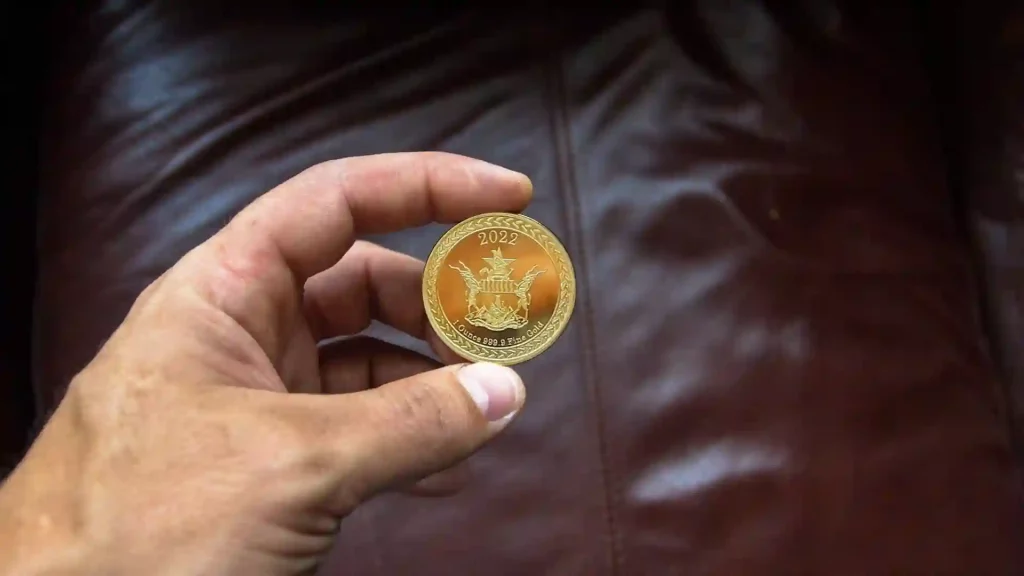Zimbabwe has launched new gold coins to be sold in public, in a bid to curb inflation that has crumbled the country’s volatile currency. The move was announced this week by the Reserve Bank of Zimbabwe, which disbursed 2,000 coins to commercial banks.
The gold coins known as Mosi-oa-Tunya would have liquid asset status, which elucidates that it can be converted to cash, the Reserve Bank of Zimbabwe stated. In addition, it further stated that the new coins may also be used for transactional purposes and can be traded locally and across the globe. The new coins can be traded for cash by the holders after securing them for at least 180 days from the date of buying. People or businesses would be able to buy the new coins from authorized outlets such as banks and immigrants can buy it in foreign currency.
Zimbabwean economist Prosper Chitambara stated that the government is trying to tone down the high demand for the US dollar since this high demand is not being coordinated by supply.
According to the International Monetary Fund, inflation in Zimbabwe reached 837% year on year in July 2020. Although tighter fiscal policy helped reduce the inflation to 60.7% by the end of last year, it continues to be in the high double-digits.
According to the IMF, many people realized that their earnings were wiped out by the five billion percent inflation seen in 2008.
The IMF further added that this insecurity affects trust in the local currency – the Zimbabwe dollar (ZWL), several retailers do not accept it and most of the Zimbabweans prefer to use US dollars for accumulation or day-to-day transactions.
Zimbabwe to tackle hyperinflation
John Mangudya, the governor of the Reserve Bank of Zimbabwe stated that the first batch of the new coins was minted outside the country, but in due course it would be manufactured locally.
Mangudya further added that the 22-carat coins can be utilized for exchange of goods and services in stores, dependent on whether the store has adequate change, and also as security for loans and credit facilities.
The price of the coins would be determined by the international market rate for an ounce of gold, as well as five percent for the cost of producing the coin. On Monday, at the time of its launch, the cost of one Mosi-oa-Tunya was USD 1824.
The gold coins are used in countries such as China, Australia, and South Africa to hedge against inflation and as a prospect for investment. Although they are not as extensively used as currency as envisaged by Zimbabwe’s central bank.
Harare has significant gold deposits and exports the priceless metal, which is one of South Africa’s most significant foreign currency recipients.
In accordance with a report issued last month by the Centre for Natural Resource Governance, it stated that, gold trafficking has been rampant. Trafficking is costing the country of about thirty-three tonnes of gold annually.
All gold mined in Zimbabwe is supposed to be sold to the Reserve Bank of Zimbabwe, but several manufacturers choose to traffic it outside the country to obtain payments in US dollars.
